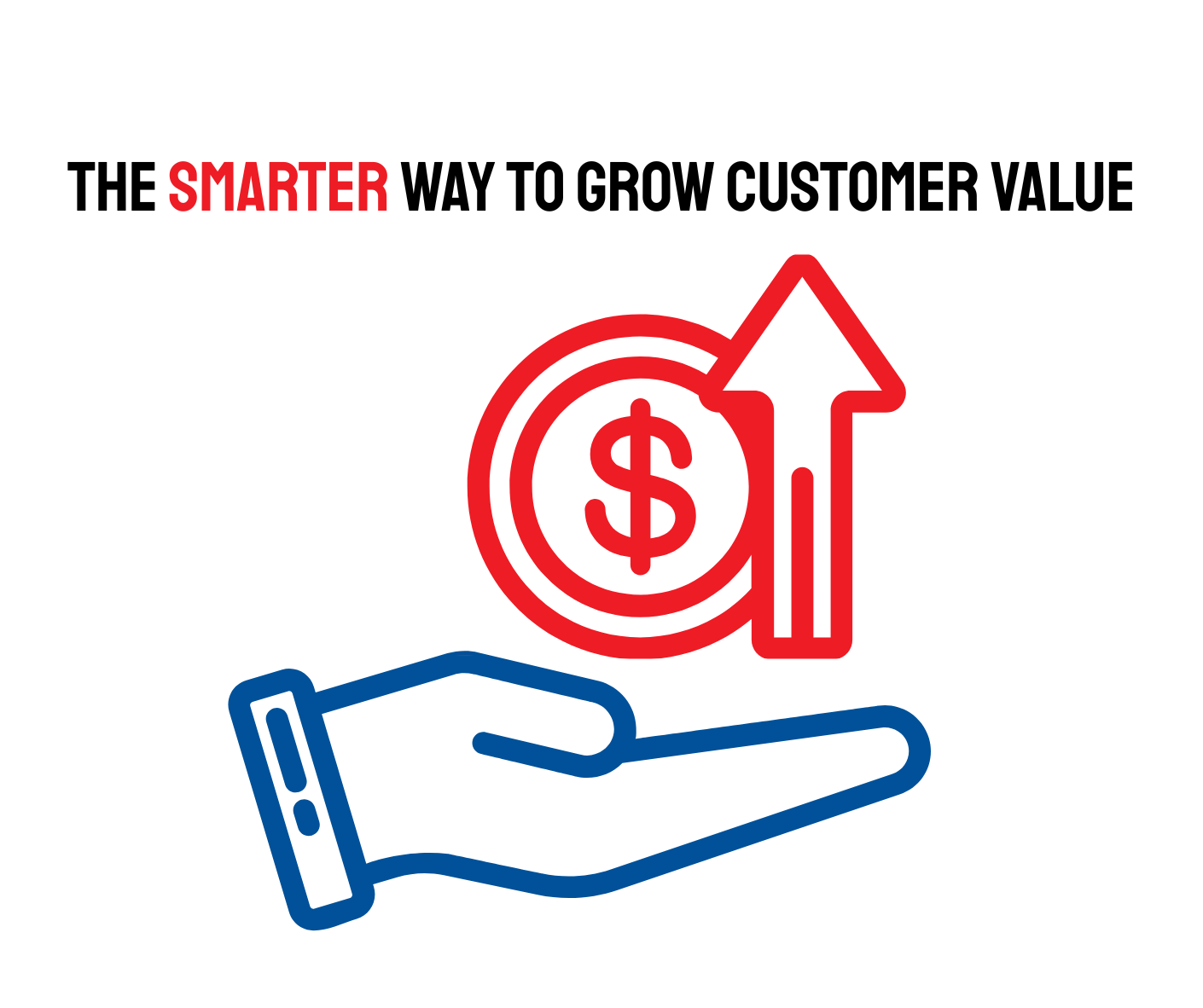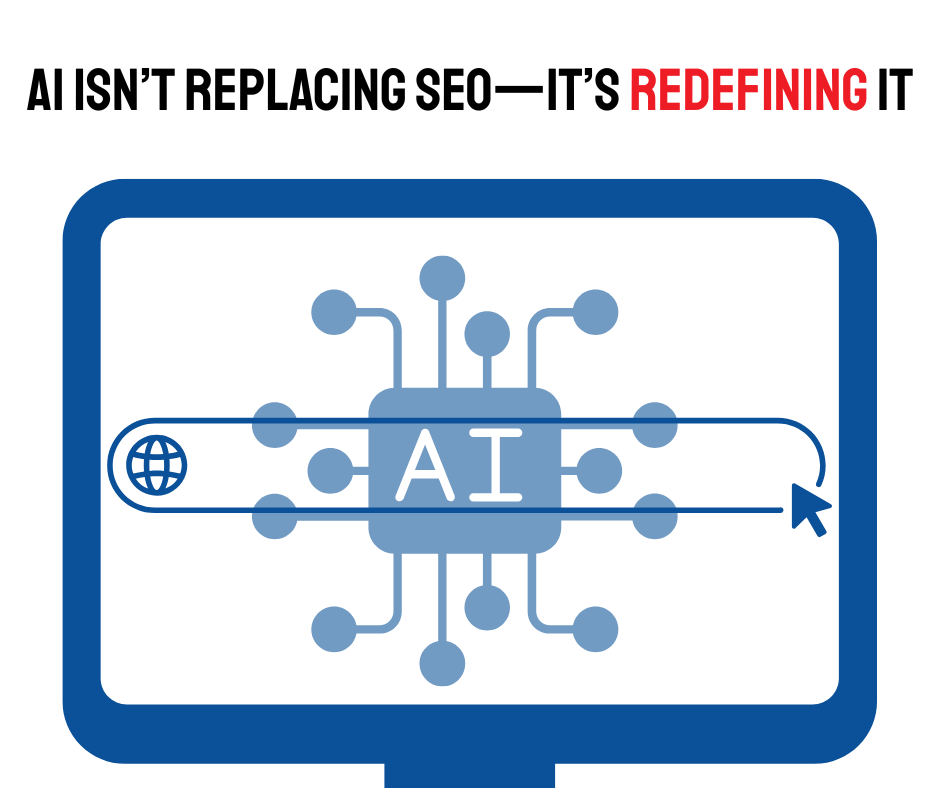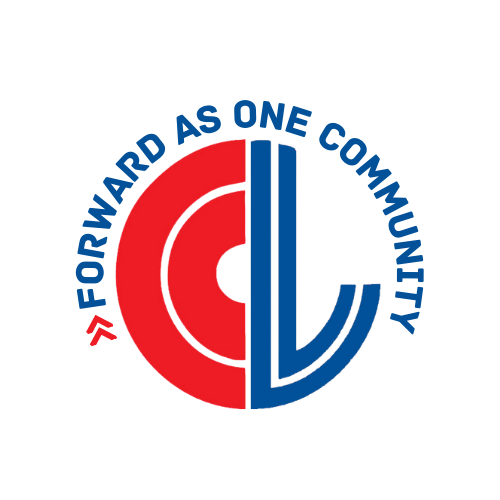Not a Retail Biz? You Can Still Be a Strong Part of Small Business Season
The holiday season is upon us, and 'tis the season for shopping! As a small business owner, you might think that participating in the "Shop Local" movement or Small Business Season is reserved for retail and restaurant establishments. That's not the case!
Small businesses from every sector can actively join in on Small Business Season, which begins November 1 and goes through the end of the year. This initiative creates a vibrant, supportive local economy and helps businesses like yours reap the benefits of increased visibility and customer loyalty.
So let’s explore a few creative ways for non-retail or food industry businesses to participate in Small Business Season and have the best holiday season ever.
Collaborate with Retailers
One of the most effective ways to be a part of Small Business Season as a non-retail business is by collaborating with local retailers. It can be a lot of fun, introduce you to new audiences, and create opportunities for further collaborations in the future. For example, if you run a local grocery store, partner with a retailer that sells cookware and promote a holiday cooking demo. By working together, you both strengthen your ties with the community and increase your visibility.
Offer Exclusive Discounts or Packages
While you may not be selling products, you can still create exclusive holiday offers or packages for local customers. For instance, if you're a law firm, you can provide a discounted consultation for individuals or businesses in your area. This not only encourages people to use your services but also shows your commitment to the community.
Plus, if you tie it into something that is completely irrelevant to what you do but a part of the holiday season like a special “Pumpkin Spice Consultation” or a “Have family in town for the holidays? Need to make last-minute changes to your will because of the way they’re acting? We’ve got you covered.”
Sponsor Local Events
Another way to engage in Small Business Season is to sponsor local holiday events through the Chamber and other high-profile organizations. Ideas include the annual tree lighting ceremony, charity fundraisers, or even a Small Business Season challenge or Bingo Card. By sponsoring these events or contests, you show your support for the local community and gain valuable exposure among the event attendees.
Decorate Your Business
Get into the holiday spirit by decorating your business. Even if you're a B2B company or a service provider, a festive atmosphere can help your employees and clients get into the holiday mood. Consider hosting a small holiday party for your clients and associates to celebrate the season.
Create Local Gift Guides
Regardless of your industry, you can create local gift guides that highlight the products or services of local retailers. Share these guides on your website, through social media, or via email newsletters. It not only supports your local business community but also positions you as a resource for holiday shoppers.
Partner with Charities and Nonprofits
The holidays are a time for giving, and small businesses can show their community spirit by partnering with local charities. Consider organizing food drives, toy drives, or fundraising events to support those in need during the holiday season. Some businesses with good locations set up a “giving tree” where the needs of the community are sponsored by an individual or company that takes a tag and promises to satisfy the need listed on the tag. This not only fosters goodwill but also demonstrates your commitment to your area.
Highlight Local Success Stories
Use your platform to showcase local success stories. Bonus points if those success stories feature your clients. Post interviews or profiles of local business owners, artists, or community leaders. This not only supports local talent but also positions your business as an advocate for the community.
Engage on Social Media
Stay active on social media platforms during the holiday season. Share and engage with content from local businesses and use relevant hashtags to join the #SmallBusinessSeason conversation. Encourage your followers to do the same.
Participating in Small Business Season during the holidays is not exclusive to retail businesses. As a non-retail small business, you can play a significant role in fostering a strong sense of community, supporting the local economy, and strengthening your own business in the process.
By collaborating and participating in these activities, you can make a meaningful contribution to the holiday season's spirit of giving and community support.
This Small Business Season let's all join hands and shop local and small to build a stronger, more vibrant community.
-------
This article published by the Leavenworth-Lansing Area Chamber of Commerce with permission from Frank Kenney Chamber Pros Community.




